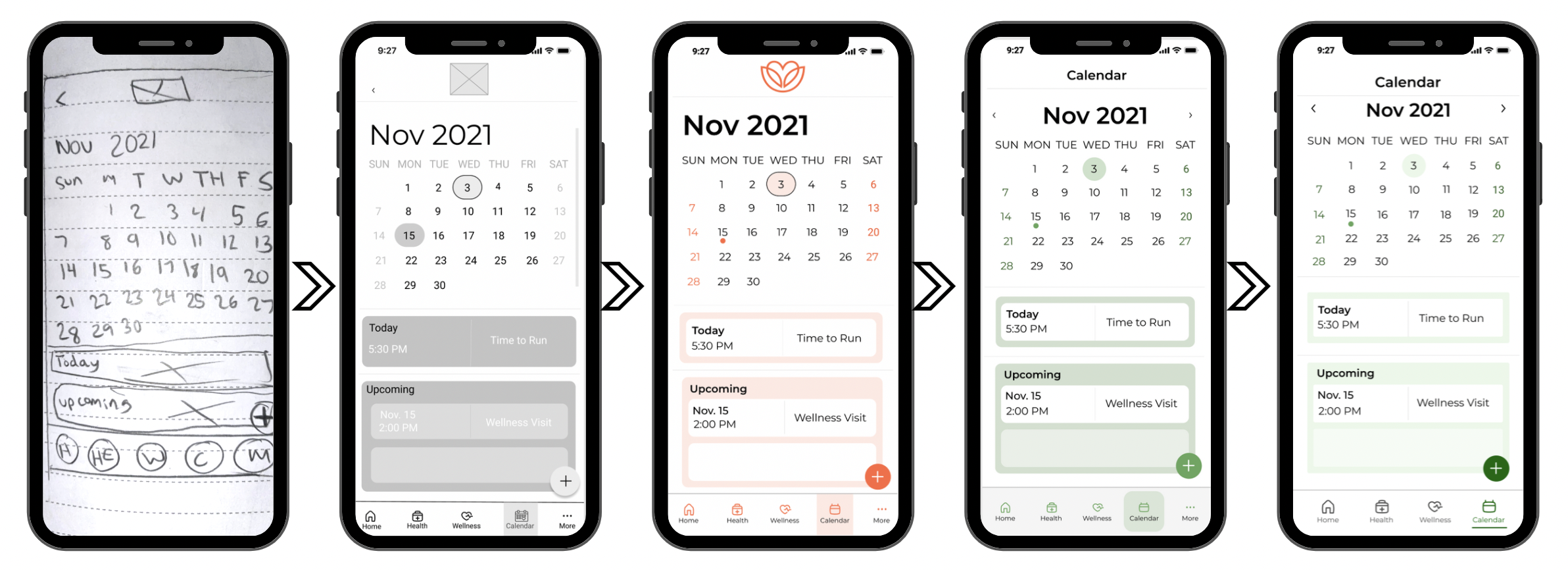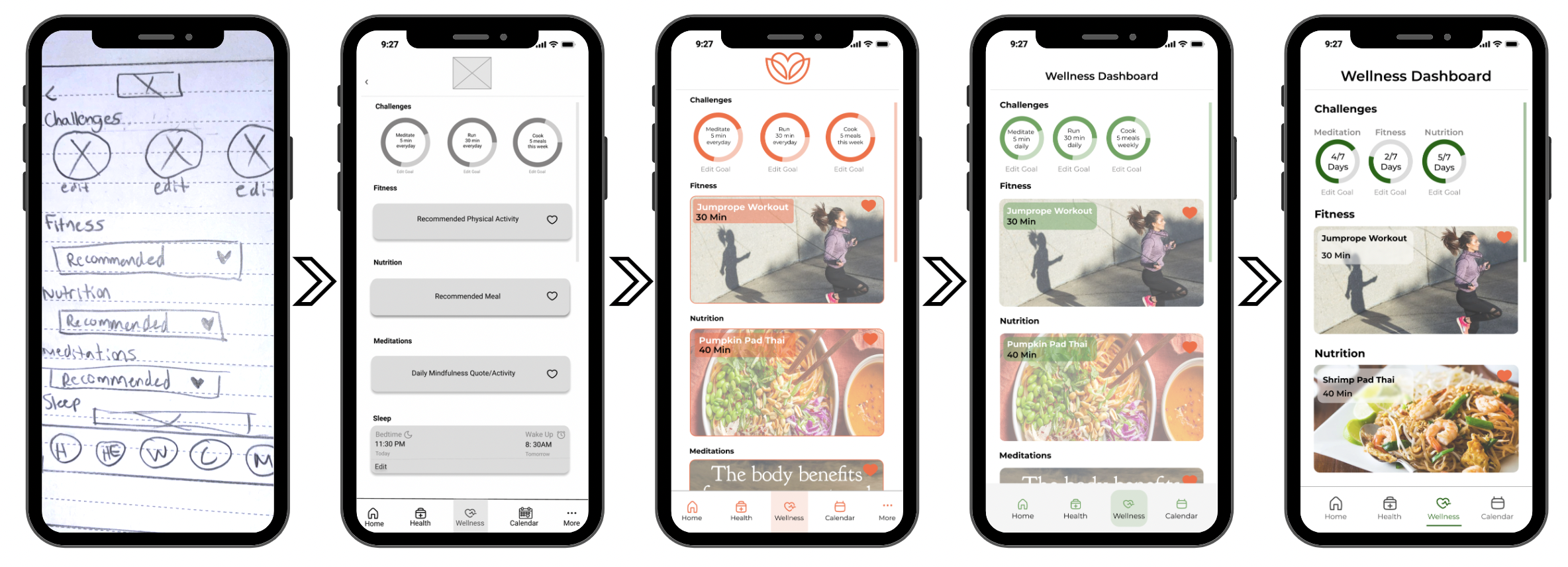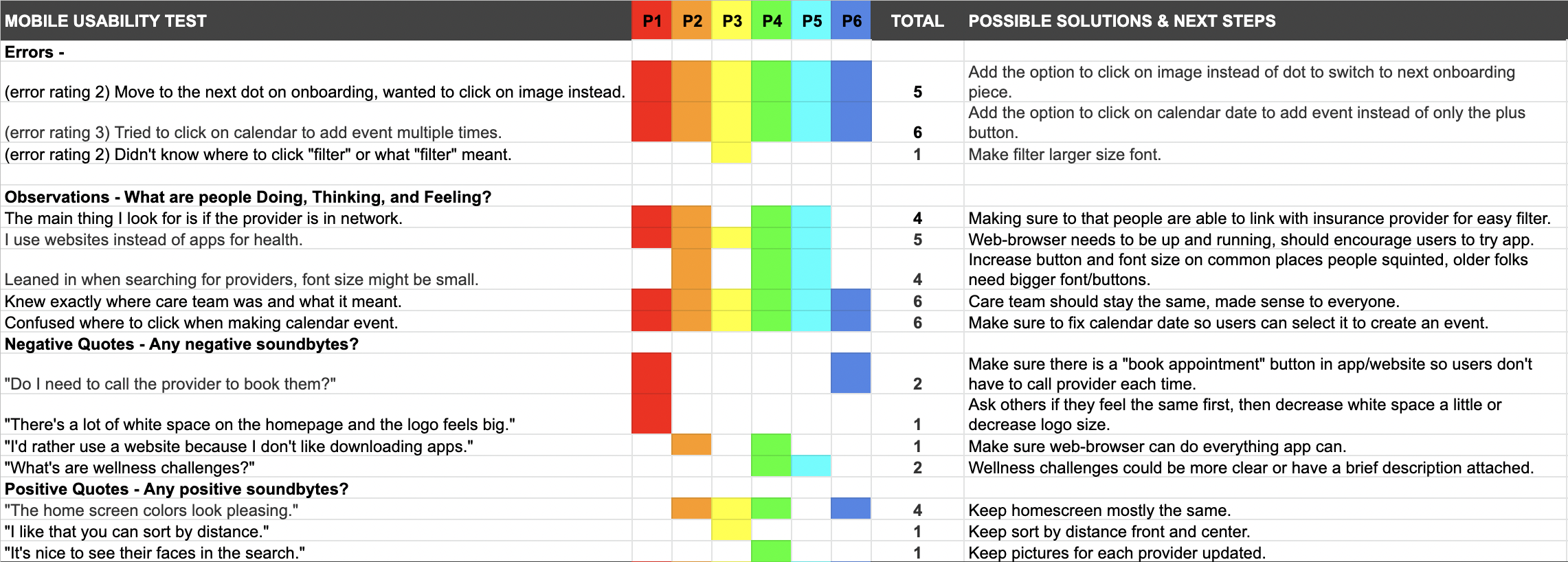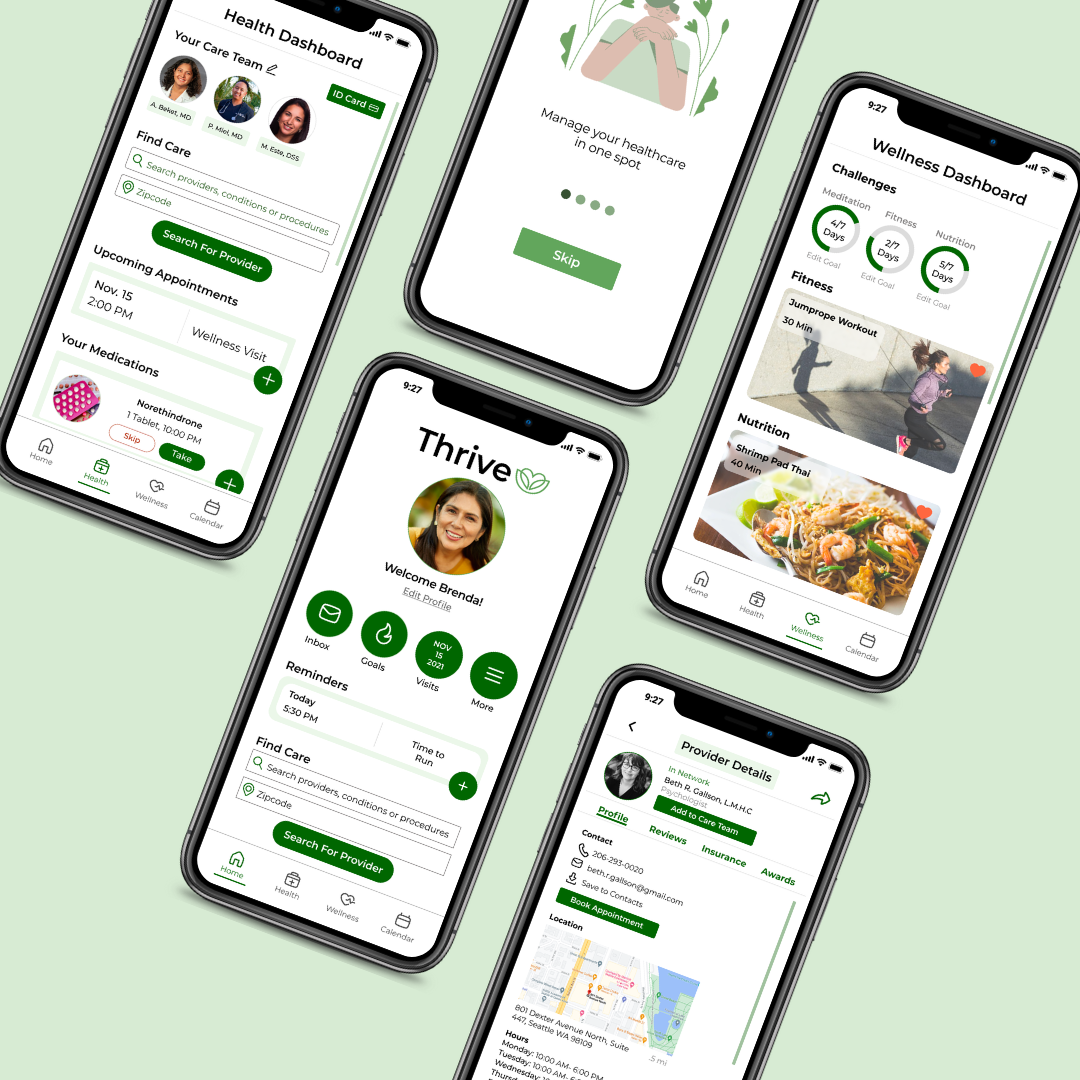
Health-conscious individuals need an easy way to access health information in one place because they find it hard to manage all their paperwork and appointments.
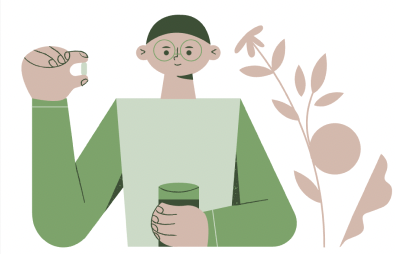
Thrive users can access all their relevant health information through the app and schedule appointments with medical professionals and their care team.

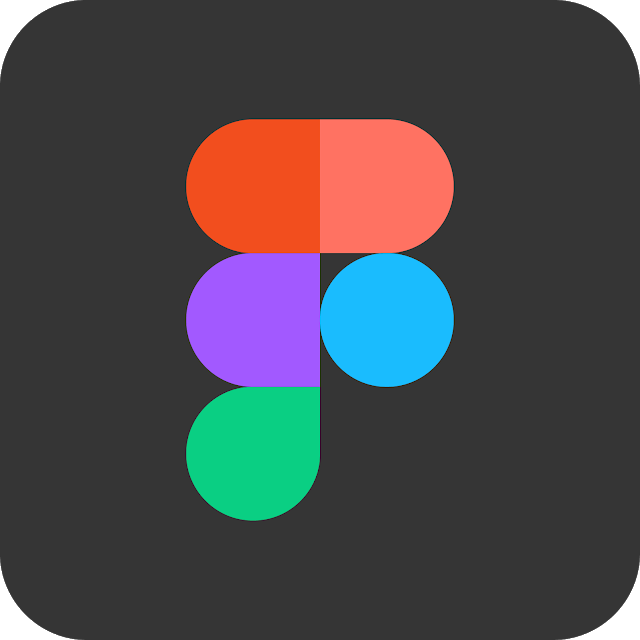

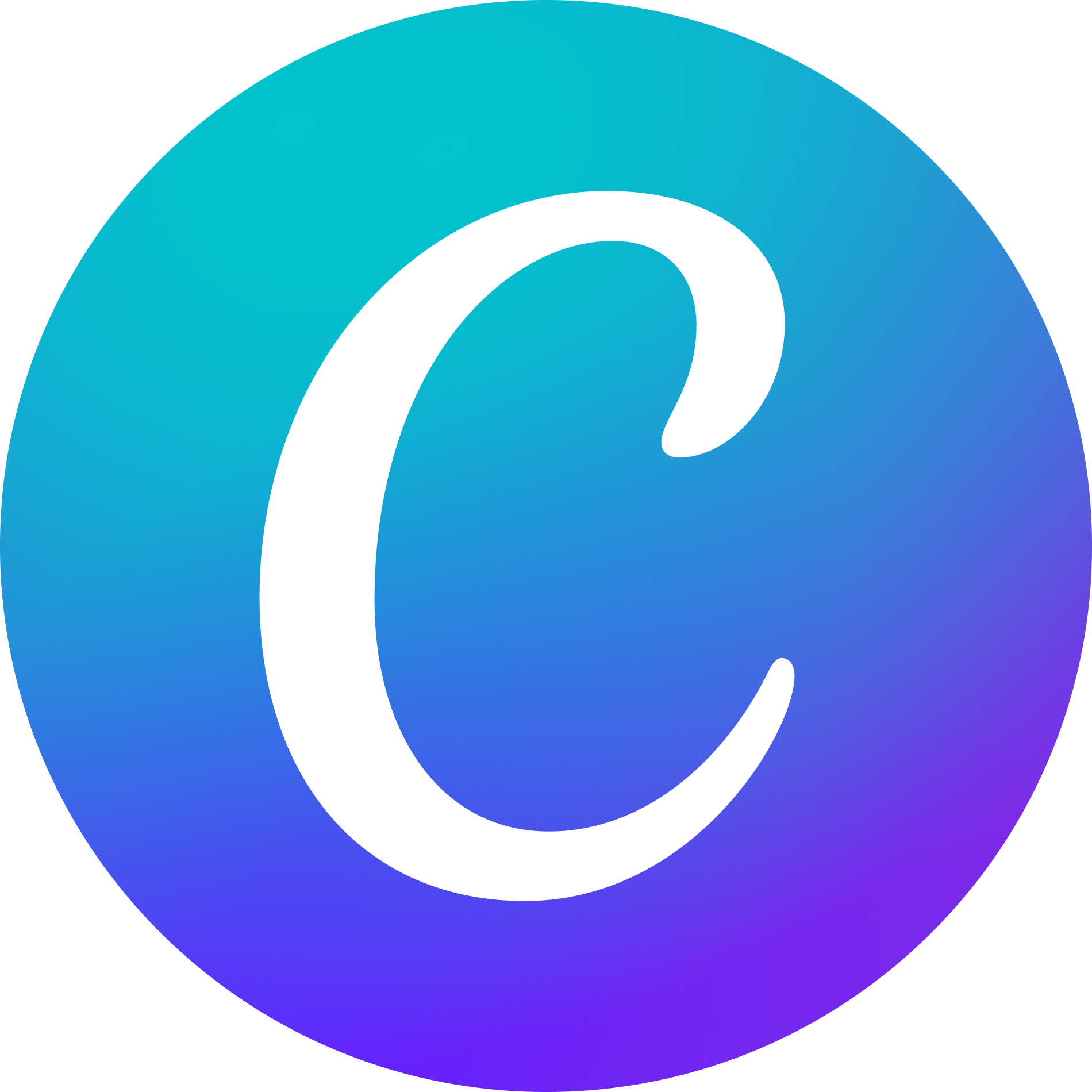
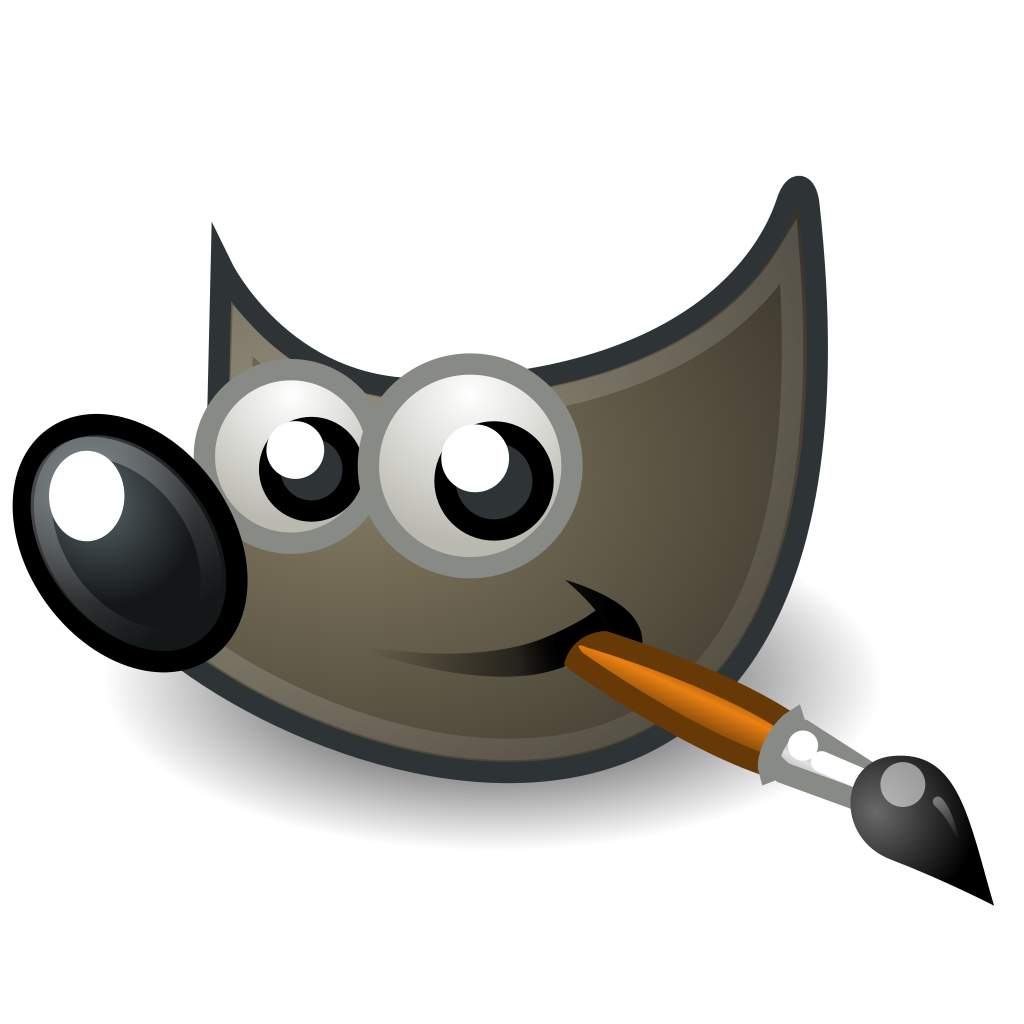
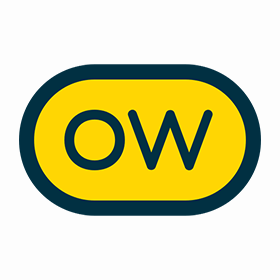
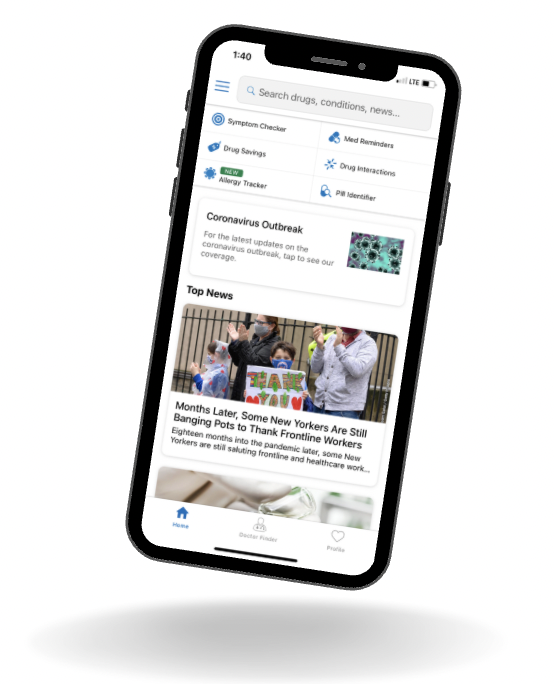
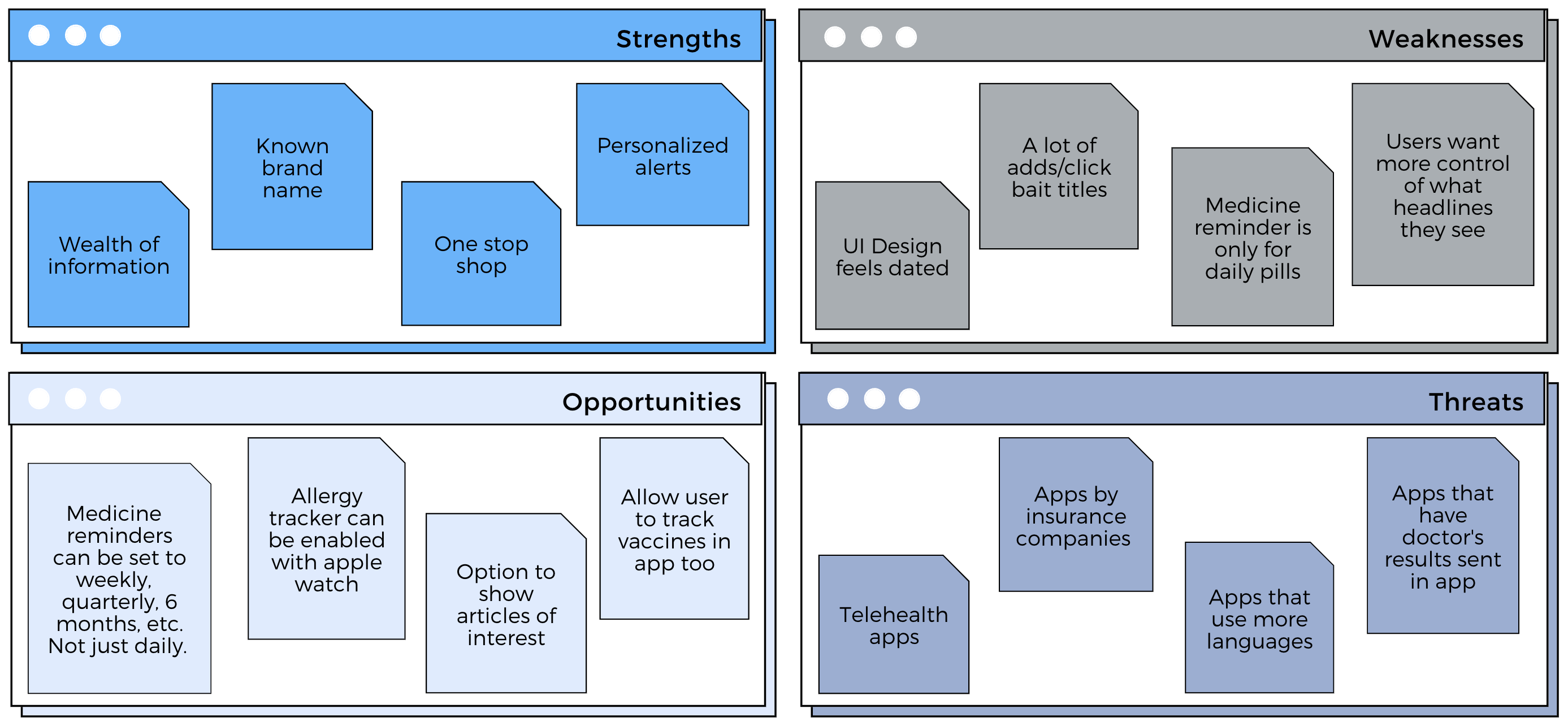
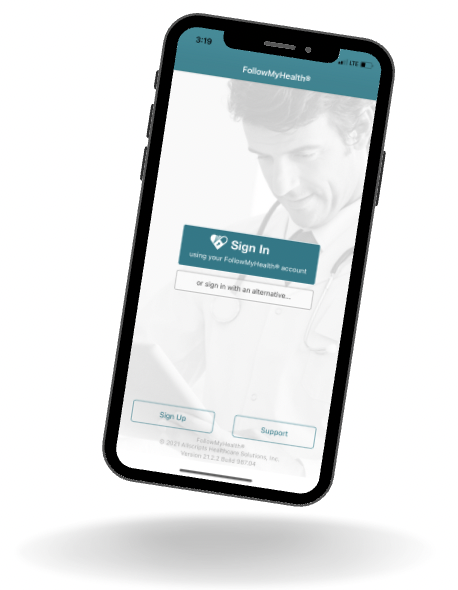
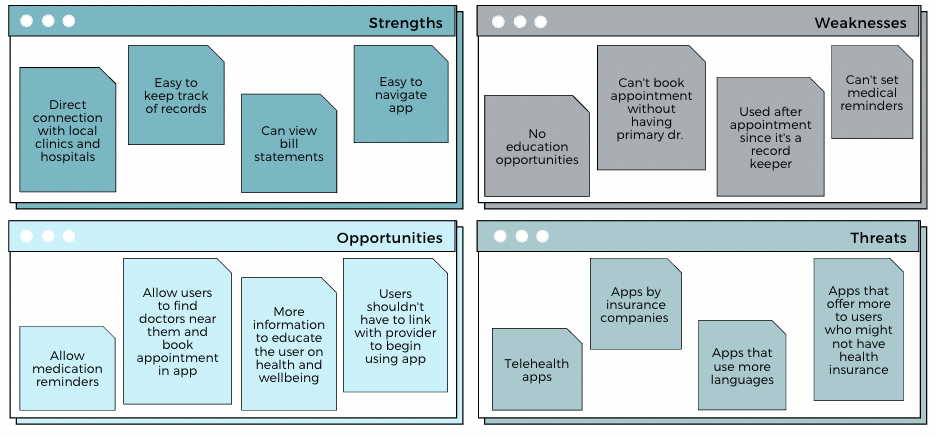
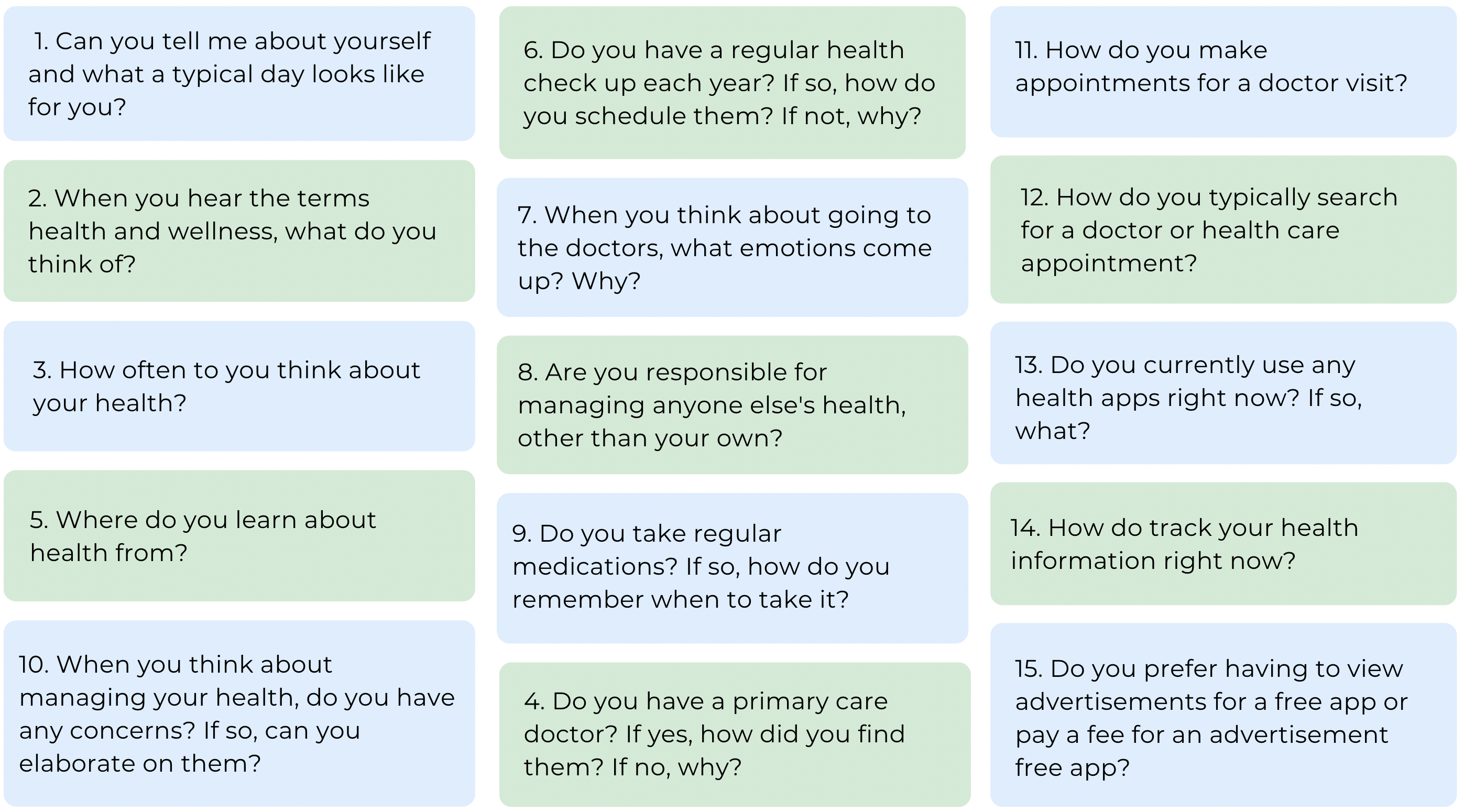

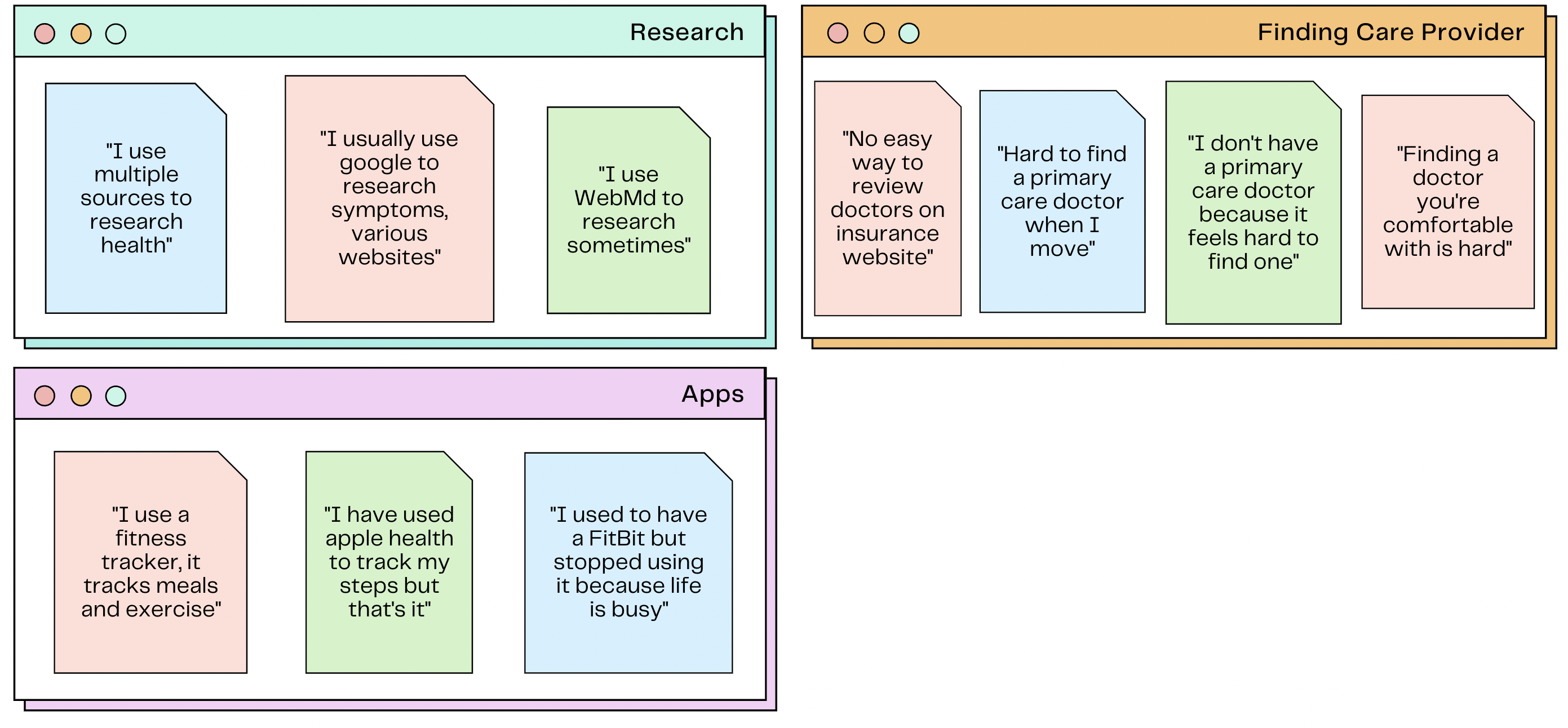
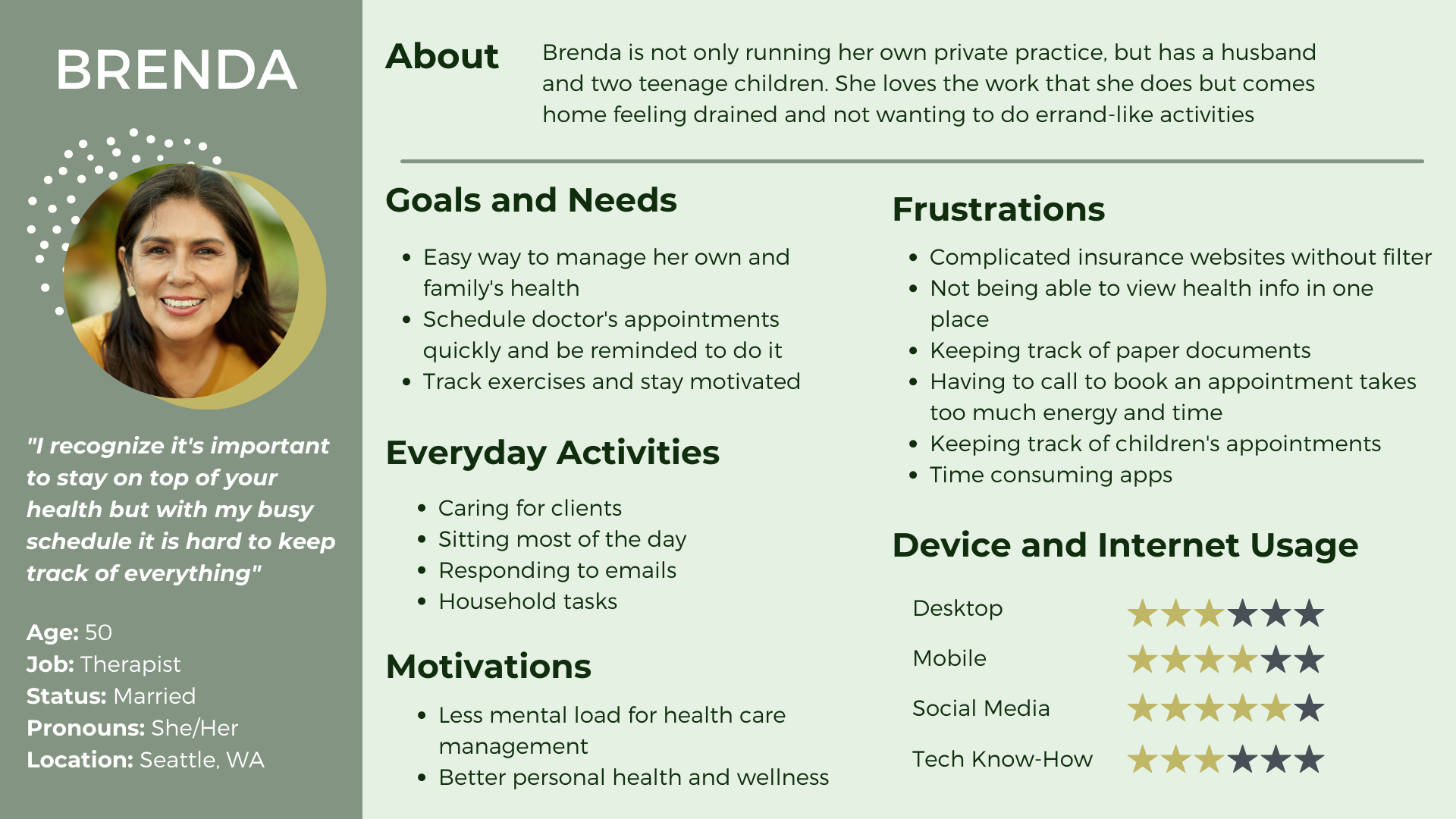
The first persona is Brenda who represents users who have family, a steady job, and are more focused on their health.
.png)
The second persona is Jack who represents younger users who are beginning to learn how to manage their healthcare.
.png)
.png)
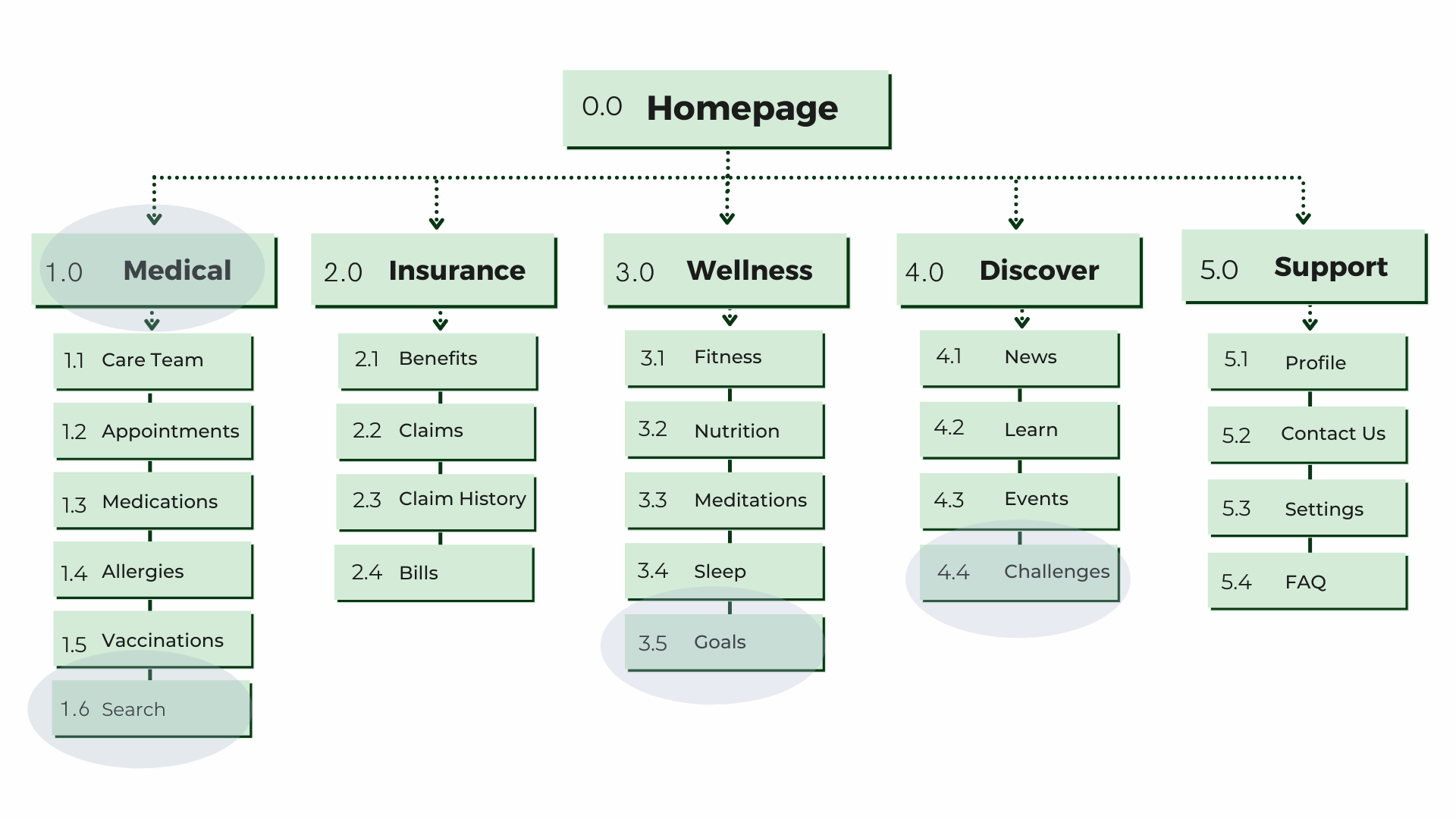
.png)


